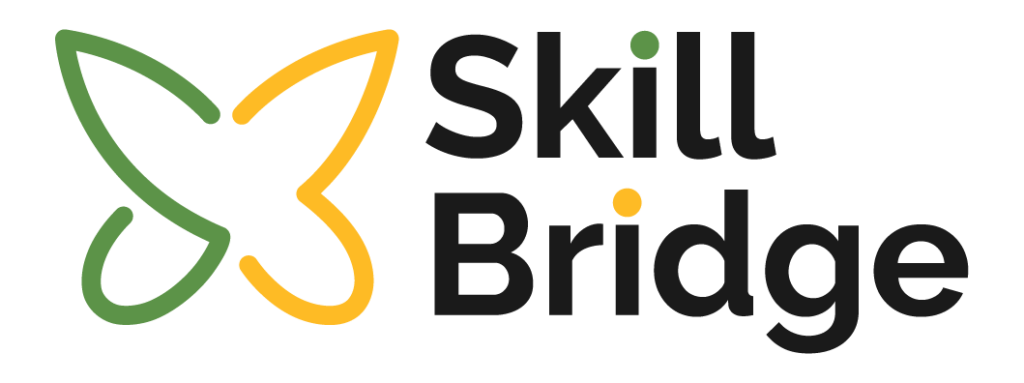How to Succeed in Today’s Job Market by Improving Your Skills?
Introduction
The global job market is evolving rapidly, yet a critical issue remains: the skills gap. Companies struggle to find qualified candidates, and aspirants are missing opportunities due to outdated skills.
This blog addresses why bridging this gap is essential, drawing on examples, metrics, and insights from recent reports and articles. Additionally, we’ll explore how SkillBridge is uniquely positioned to help bridge this gap.
The Critical Issue: Skills Gap
Alarming Statistics
The skills gap isn’t just a buzzword; it’s a significant challenge. According to a survey conducted by Centiment for Springboard, 70% of corporate leaders in the U.S. report a critical skills gap in their organizations, negatively impacting business performance. In the financial services and tech industries, over 75% and 73% of leaders, respectively, acknowledge a significant skills deficiency (Springboard) . Globally, 87% of companies are aware that they either already have a skills gap or will have one within a few years (McKinsey & Company) . This issue is driven by rapid technological advancements, such as automation and AI, which have transformed day-to-day operations but left many workers behind due to a lack of relevant skills (InStride) .
Why Skills Matter More Than Ever
Staying Relevant in a Fast-Paced World Technology evolves rapidly and staying relevant means continuously updating one’s skills. For instance, mastering AI and machine learning can open doors to high-demand roles that are reshaping industries. Data analysis and project management are currently the most in-demand hard skills, essential for turning data into actionable business strategies and managing projects that leverage AI advancements (Springboard) .
Career Advancement Continual learning is crucial for career growth. Employees with current skills are more likely to be promoted and receive higher salaries. Companies like Google and Microsoft prioritize employees who invest in their development. Furthermore, skills such as critical thinking, decision-making, and leadership are highly valued and necessary for navigating the complexities of the modern workplace (McKinsey & Company).
Examples from Various Industries
Financial Services In the financial services sector, over 75% of leaders report a skills gap, particularly in areas like data analysis and cybersecurity. This gap impacts the industry’s ability to innovate and meet regulatory requirements, leading to increased operational risks and costs (Springboard) .
Technology The tech industry faces a skills gap in areas such as AI, machine learning, and software engineering. The U.S. Department of Labor estimates a global shortage of software engineers that may reach 85.2 million by 2030. This shortage hampers technological advancements and reduces competitive edge (Springboard) (InStride) .
Healthcare The healthcare industry is also experiencing a significant skills gap, particularly in health informatics and data management. As the industry increasingly relies on digital records and telemedicine, the need for professionals with both healthcare knowledge and IT skills has surged (InStride) .
Bridging the Gap: How to Stay Ahead
Embrace Continuous Learning Continuous learning should be part of your career strategy to adapt to industry changes and new technologies. More than half of all employees worldwide need to upskill or reskill by 2025 to keep up with technological advancements (InStride) .
Join Corporate Training Programs Companies are investing in training programs to upskill their workforce. For example, companies like Amazon and Walmart offer tailored training programs to empower their workforce and address skills gaps (McKinsey & Company) .
Collaboration with Industry-Academia Educational institutions are partnering with tech companies to ensure graduates are “job-ready”. Such collaborations help bridge the gap between academic learning and industry needs. For instance, partnerships between universities and tech firms can create specialized courses in emerging technologies (Springboard) .
Global Metrics and Insights
- U.S.: The talent shortage and skills gap are expected to result in a loss of $8.5 trillion by 2030 (InStride) .
- G20 Countries: A digital skills gap could cost $11.5 trillion in cumulative GDP growth (InStride) .
- General Workforce: 77% of workers are willing to learn new skills or completely retrain, highlighting a significant opportunity for organizations to support their employees’ development (InStride) .
How SkillBridge is Bridging the Gap SkillBridge is at the forefront of addressing the global skills gap by offering comprehensive learning and development programs tailored to the needs of both individuals and organizations. Here’s how we help:
Tailored Learning Paths SkillBridge provides customized learning paths that align with current industry demands. Whether you are looking to enhance your technical skills in AI, machine learning, or data analysis, or develop soft skills like leadership and critical thinking, SkillBridge has a course for you.
Collaboration with Industry Experts We partner with leading companies and industry experts to ensure our curriculum is up-to-date and relevant. These collaborations allow us to offer practical insights and “real-world” applications, making our training programs more effective.
Hands-On Experience SkillBridge emphasizes hands-on experience through projects and simulations that mimic “real-world” scenarios. This approach helps learners apply what they have learned and gain confidence in their new skills.
Continuous Support and Guidance Our platform offers continuous support and guidance through mentors, peer networks, and career coaches. This support system ensures that learners can navigate challenges and achieve their career goals effectively.
Conclusion
Addressing the skills gap is crucial for personal and professional growth. By embracing continuous learning, participating in corporate training programs, and leveraging industry-academia partnerships, you can stay ahead in the competitive job market. In an era where technology and industry needs are constantly evolving, staying updated with the latest skills is your ticket to success.
SkillBridge is here to help you every step of the way, providing the tools and support needed to bridge the gap and achieve your career aspirations.


